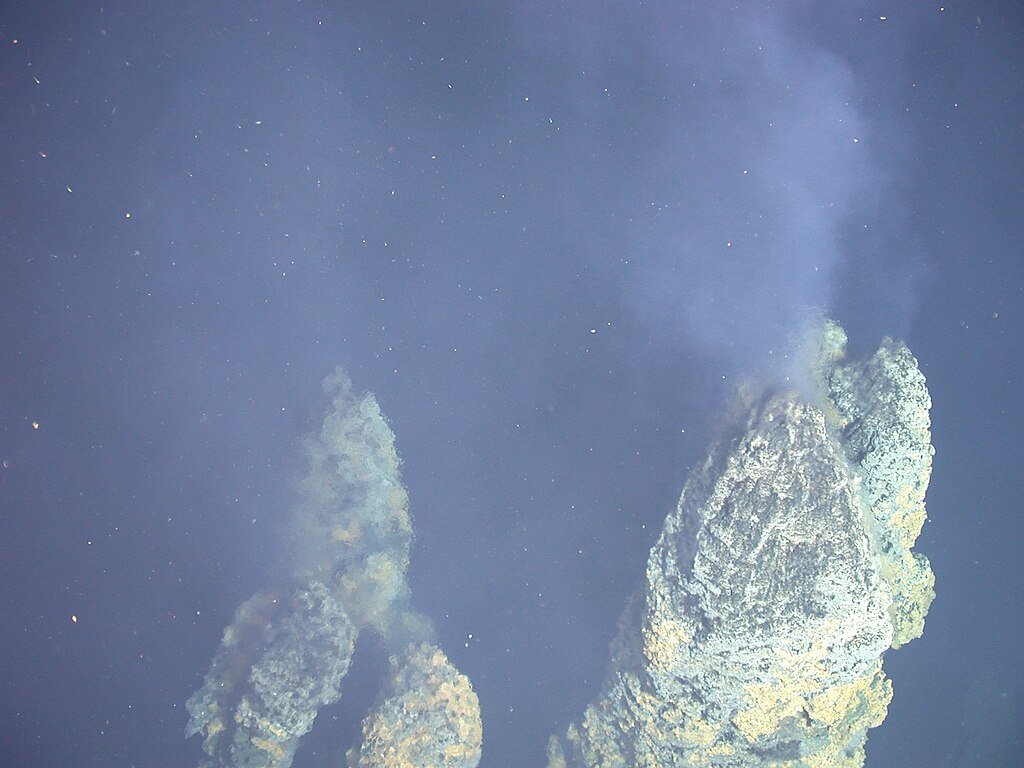Imagine a world where the sun never shines, where temperatures plummet and crushing pressures would flatten most creatures in seconds. Yet, in the shadowy depths of Earth’s oceans, bizarre life flourishes in ways that seem almost impossible. Perhaps the most astonishing among these are deep-sea tubeworms—creatures that thrive without a mouth, a gut, or even a hint of sunlight. Their existence defies everything we think we know about life, and their story is as mysterious as the abyss they inhabit.
The Alien World of Hydrothermal Vents
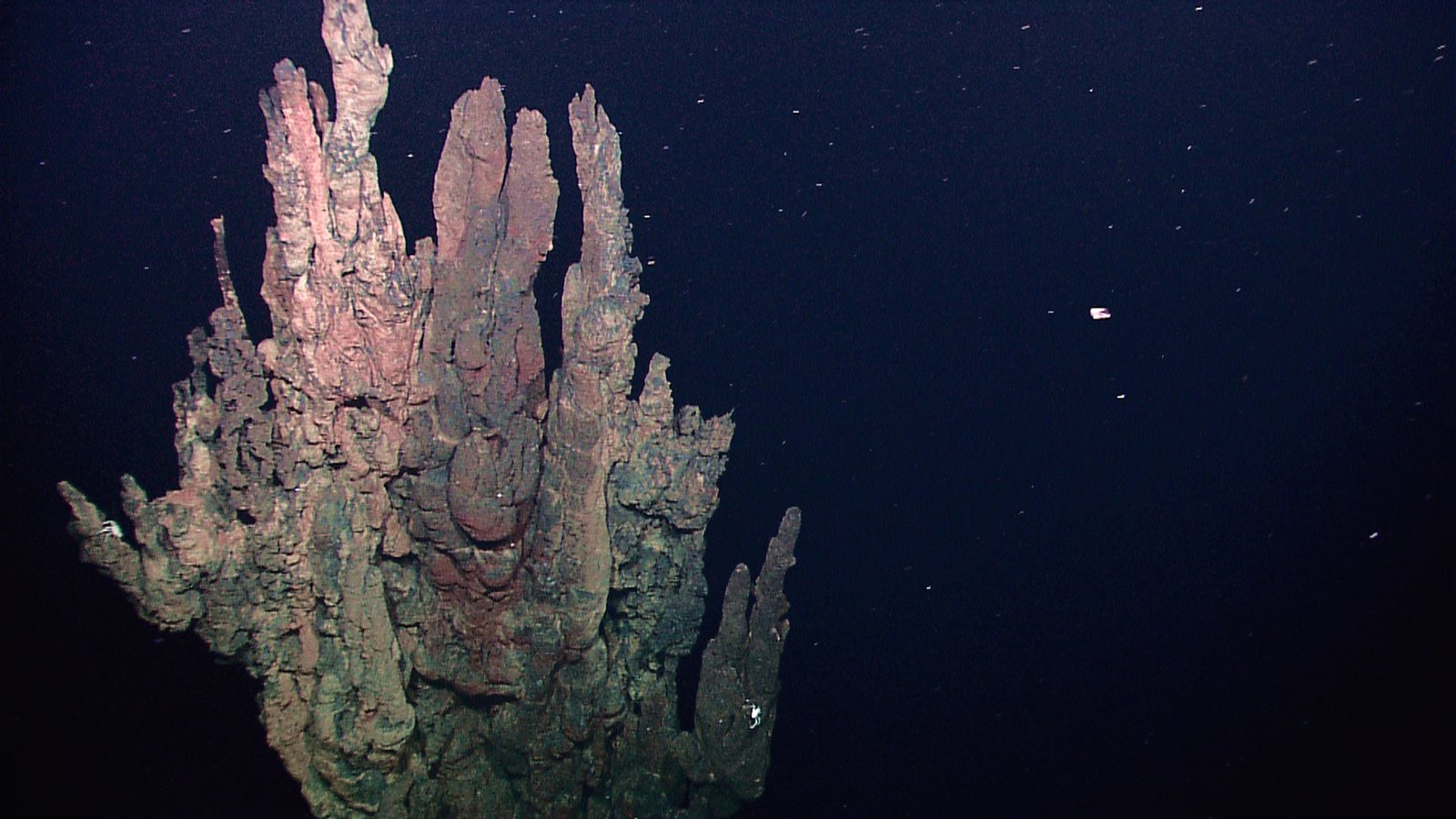
Far below the ocean’s surface, hydrothermal vents spout scalding mineral-rich fluids into the icy dark. This is a landscape more alien than anything on land, with towers of mineral deposits rising like underwater chimneys. Amidst these vents, giant colonies of deep-sea tubeworms create ghostly forests, their white plumes waving in the currents. Here, the absence of sunlight means that photosynthesis is impossible, yet life teems around these volcanic outflows. The energy driving this ecosystem comes not from the sun, but from the Earth itself, reshaping our very definition of what it means to survive.
Meet the Marvel: Riftia pachyptila
Among the stars of this undersea world is Riftia pachyptila, the giant tubeworm. These creatures can grow over two meters long, yet possess no mouth, no stomach, and no digestive tract at all. Their crimson plumes, which look almost like elegant feathers, are the only visible body parts outside their protective tubes. Instead of eating, these worms rely on a symbiotic relationship that is as astonishing as it is essential for their survival. With their unique adaptations, Riftia are living proof that life can find a way, even in the most inhospitable places on Earth.
A Life Without Eating: The Symbiotic Secret
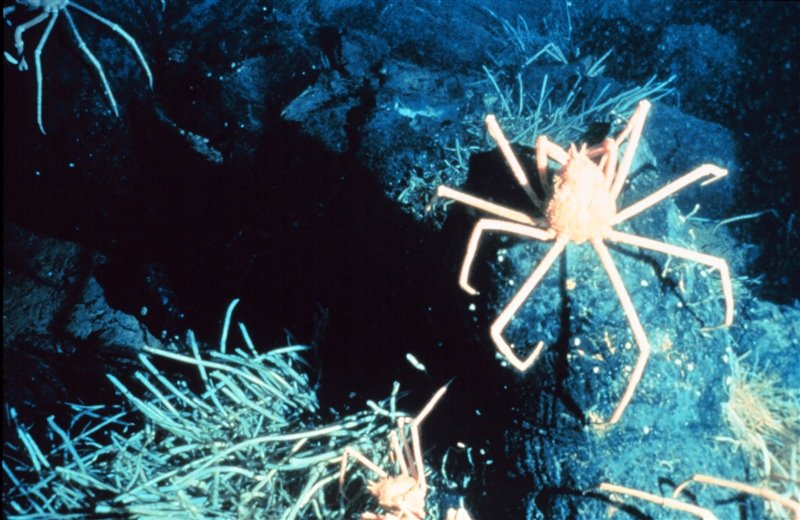
How can a creature live with no way to eat? The answer lies in an extraordinary partnership with bacteria. Inside the tubeworm’s body is a specialized organ called the trophosome, which houses billions of chemosynthetic bacteria. These bacteria use chemicals from the vent fluids—mainly hydrogen sulfide—to produce organic molecules that nourish the worm. It’s a life built on chemical energy, not sunlight, and it turns the rules of biology upside down. The tubeworm offers the bacteria a safe home and raw materials, while the bacteria provide everything the worm needs to grow and thrive.
No Mouth, No Problem: Unique Anatomy

Unlike most animals, Riftia tubeworms do not need a mouth or gut to survive. Their anatomy is a wonder of evolutionary innovation. The bright red plume absorbs both oxygen and hydrogen sulfide from the surrounding water, channeling these chemicals to the bacteria deep within. The absence of a digestive system means there’s no waste to expel in the traditional sense. Everything is processed within, making the worm a marvel of efficiency. This unique setup allows them to live in dense clusters where competition for food would otherwise be fierce.
Harnessing the Power of Chemicals
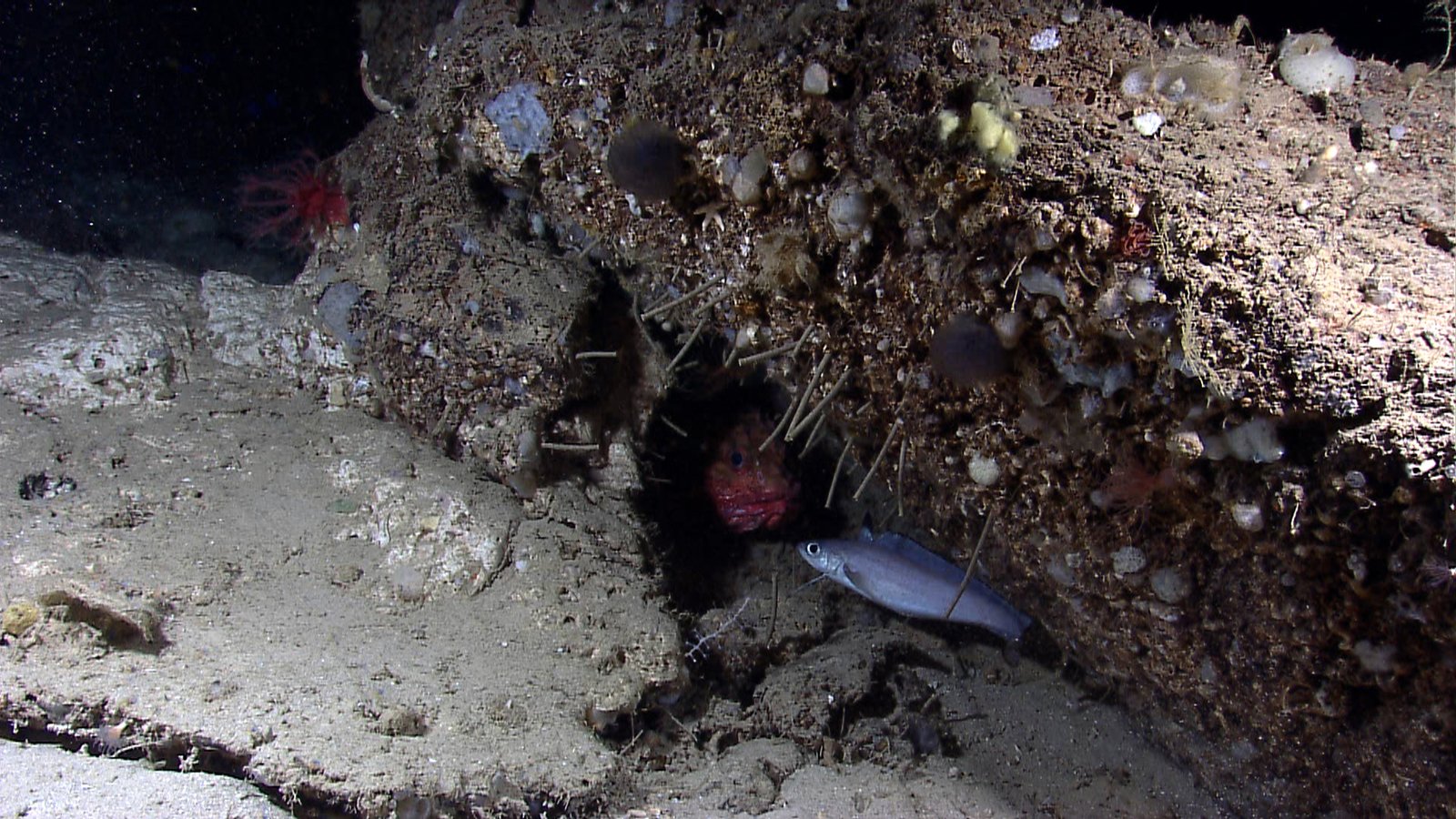
The process that sustains deep-sea tubeworms is called chemosynthesis. Here, bacteria convert toxic chemicals into energy, just as plants use sunlight in photosynthesis. The bacteria oxidize hydrogen sulfide—a substance deadly to most life—drawing energy from it to build sugars and proteins. These nutrients are then shared with the tubeworm host. It’s a relationship so intimate that the two cannot survive without each other. This extraordinary adaptation allows life to bloom in the pitch-black depths, thousands of meters below the surface.
Surviving Extremes: Heat, Pressure, and Poison

The world of the deep-sea vent is one of extremes. Temperatures can swing from near freezing to over 400°C near the vent openings. Pressure here is immense, often more than 250 times what we feel at sea level. Add to that the presence of toxic chemicals like hydrogen sulfide, and it’s a wonder anything can survive. Tubeworms have evolved to handle these extremes, with specialized proteins that protect their cells and unique hemoglobin in their blood that can carry both oxygen and sulfide without harm. Their resilience is nothing short of inspiring.
Colonies of Giants: Tubeworm Cities

Wherever hydrothermal vents erupt, tubeworms form dense, towering colonies. These swaying forests can be seen clustered around the mineral chimneys, sometimes numbering in the thousands. Their presence shapes the entire ecosystem, providing shelter and food for other creatures like shrimp, crabs, and fish. The colonies can last for decades, but are also vulnerable—when a vent cools or is covered by lava, the worms perish, and the community collapses. It’s a striking reminder of how fragile even the most resilient life can be.
The Birth and Growth of Tubeworms
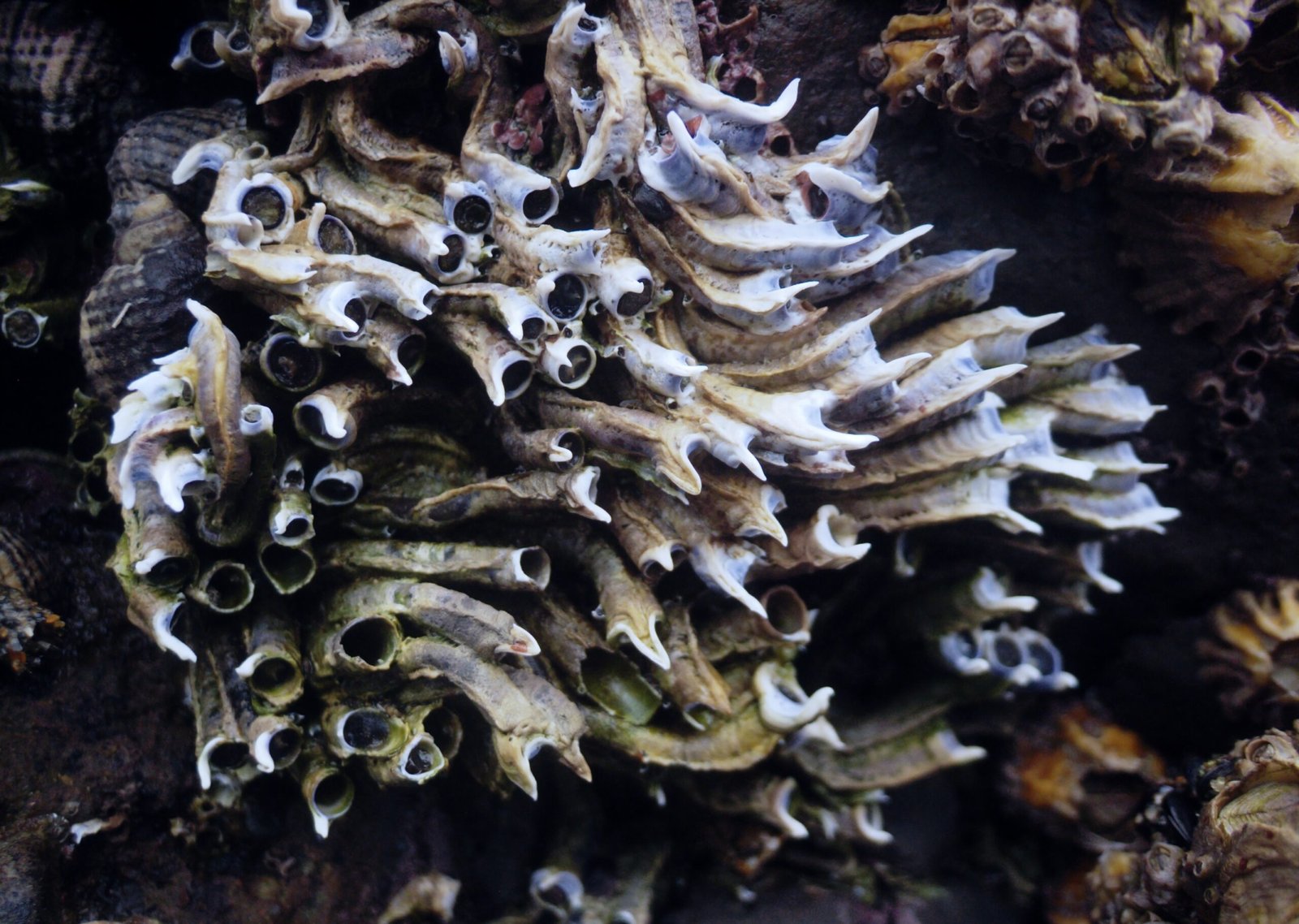
The life cycle of a tubeworm begins as a tiny larva drifting through the deep ocean. When a larva finds a suitable vent, it anchors itself and starts to grow, forming a tube from secreted minerals. As it matures, the worm takes in its symbiotic bacteria, which will sustain it for the rest of its life. Growth can be astonishingly fast—some species can add several centimeters a week, fueled by the rich chemical soup of the vents. This rapid development is crucial, as vents can be unpredictable and short-lived.
Evolution’s Bold Experiment

Tubeworms are not the only creatures to rely on chemosynthesis, but their adaptations are among the most dramatic. Evolution has crafted a being that is almost unrecognizable compared to its distant relatives. Over millions of years, the ancestors of tubeworms abandoned a typical mouth-and-gut lifestyle, instead becoming wholly dependent on their bacterial partners. This radical change has allowed them to colonize places where no other animal could survive, and it highlights the incredible flexibility of life in adapting to extreme environments.
Lessons From the Deep: Redefining Possibility
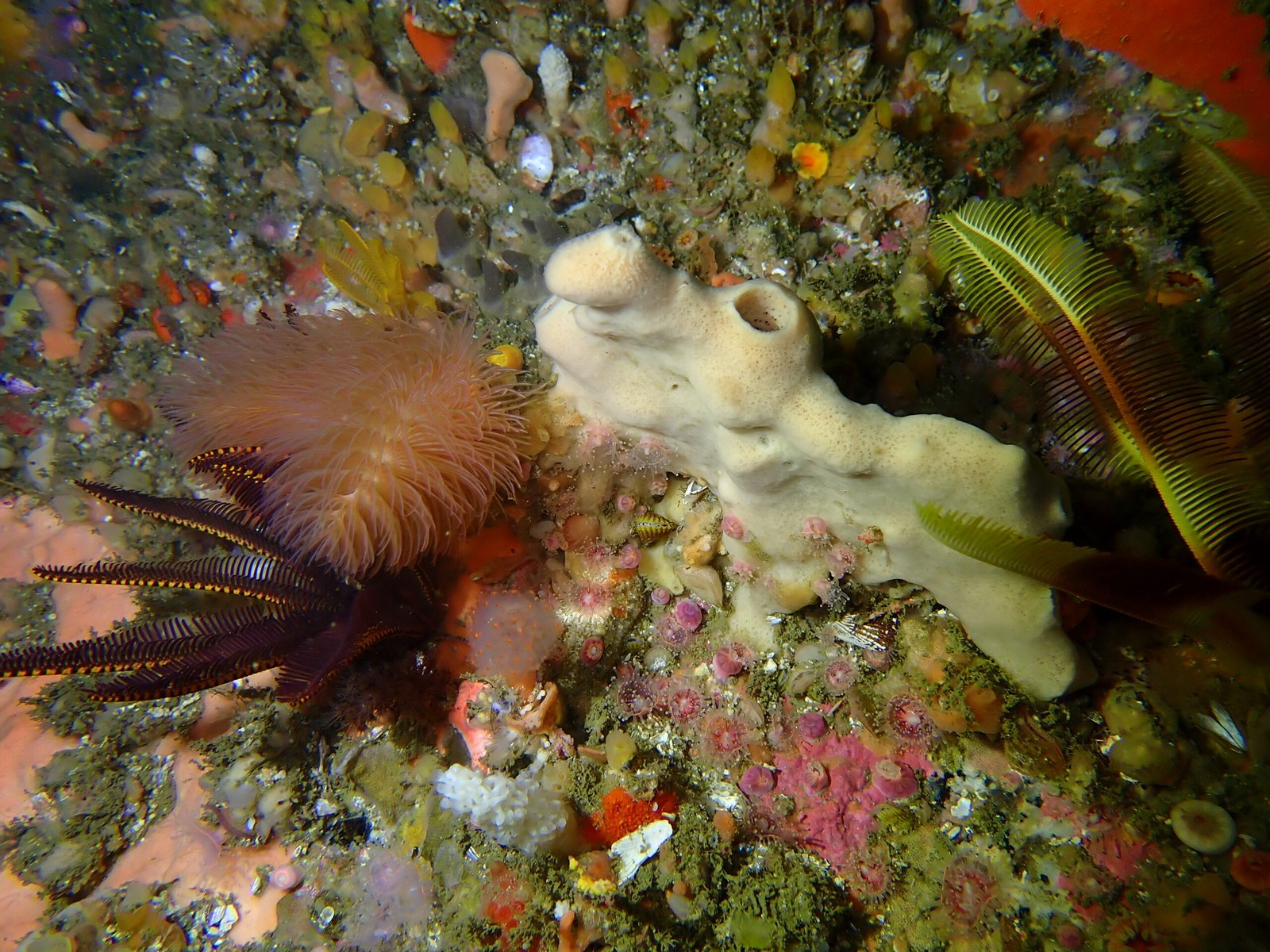
The story of deep-sea tubeworms is more than just a biological curiosity—it challenges our very understanding of life itself. These worms show that life is not limited by the rules we see on the surface. They remind us that nature is full of surprises, and that the boundaries of the possible are far wider than we ever imagined. Their existence inspires scientists to search for life in the most unlikely places, even beyond our own planet. Could similar life forms exist on other worlds, powered not by sunlight but by chemistry?
Enduring Mysteries and Future Discoveries
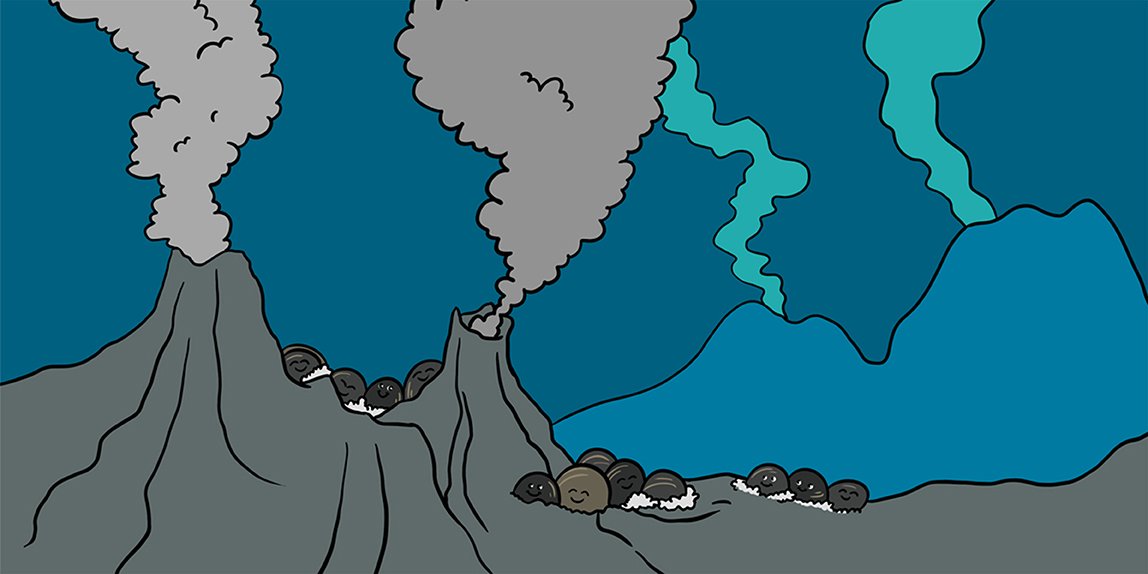
Despite decades of study, deep-sea tubeworms still hold many secrets. Scientists continue to unlock clues about how these organisms find their bacterial partners, how they adapt so rapidly to new vents, and how they cope with the ever-changing deep-sea environment. Each new discovery deepens our appreciation for their resilience and ingenuity. The deep sea remains one of the last great frontiers on our planet, and tubeworms are among its most extraordinary pioneers.
In the shadowy silence of the ocean’s depths, deep-sea tubeworms stand as a testament to life’s unbreakable spirit. They thrive where nothing should survive, rewriting the rules with each crimson plume. What other wonders might be waiting in the darkness, ready to surprise us all?

